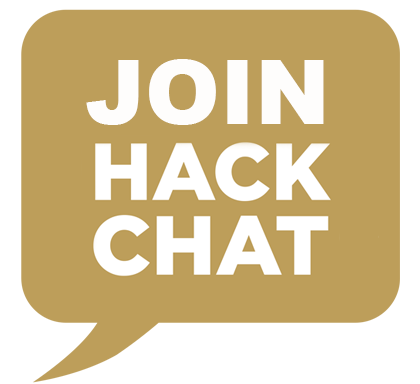Chris Gammell will host the Hack Chat on Wednesday, July 17, 2019 at noon Pacific time.
Time zones got you down? Here's a handy time converter!
A lot of electronics enthusiasts gravitate to the digital side of the hobby, at least at first. It's understandable - an Arduino, a few jumpers, and a bit of code can accomplish a lot. But in the final analysis, digital circuits are just analog circuits with the mystery abstracted away, and understanding the analog world opens up a fascinating window on the world of electronics.
Chris Gammell is well-known around hacker circles thanks to his Amp Hour Podcast with Dave Jones, his KiCad tutorials, and his general hacker chops. He's also got a thing for the analog world, and wants to share some of the tips and tricks he's developed over his two decades as an electrical engineer.
In the next Hack Chat, we'll be joining Chris down in the weeds to learn the ins and outs of low-level analog measurements. Join us with your questions and insights, or just come along to peel back some of the mysteries of the analog world.











 Hi Chris - welcome!
Hi Chris - welcome!
